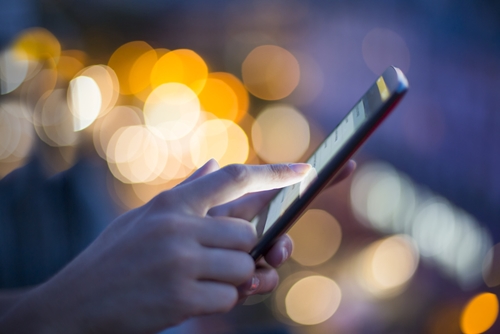
Anyone who has enabled Wi-Fi on their phone, tablet or PC while out and about has probably been signed into a public wireless network at some point. The tell-tale signs of public Wi-Fi include slow connection speeds and so-called “splash screens,” i.e. web pages that display a message from the venue operator in your browser and may require a special token or login.
In places such as hotels, airports and cafes, Wi-Fi can be a valuable amenity for everyone, especially since it provides free connectivity where LTE cellular may not be available. At the same time, it has clear risks for end users, since it is typically implemented in a non-secure way that leaves the door open for cyber criminals.
Here are five key facts you should know before connecting to any public Wi-Fi network:
1. Public Wi-Fi is relatively easy to compromise
There are numerous free tutorials and basic technical tools that hackers can exploit in their quests to monitor public Wi-Fi. For example, they may create imposter networks – with the same/similar name to the venue’s – that are linked to compromised infrastructures. More commonly, they set up their machines as midway points between your device and the public internet, allowing them to intercept your data and activity. This technique is known as a “man-in-the-middle” attack.
2. Certain actions should never be taken on a public Wi-Fi network …
Using the free hotel or airport Wi-Fi is always somewhat risky, but even more so in situations in which sensitive information is transmitted over the network. Shopping, logging into an online bank account or entering a Social Security number are all bad ideas while connected to public Wi-Fi. You should also be wary of any site that uses only HTTP, instead of the more secure HTTPS; you can determine which one is in place by looking at the URL bar in your browser and seeing if there is a padlock icon, which indicates HTTPS encryption.
 Using public Wi-Fi is risky in most situations.
Using public Wi-Fi is risky in most situations.3. … But most people are still not aware of these risks
A 2016 survey from a major cyber security vendor found that 60 percent of consumers thought their data was safe on public Wi-Fi. Younger individuals are the most likely to share sensitive information on public Wi-Fi. The most common activities on public networks include checking personal email accounts (58 percent of respondents), using social media (56 percent) and accessing financial information (22 percent). All of these actions are extremely risky due to the various soft spots in public Wi-Fi security.
4. Turn off Wi-Fi and Bluetooth on your phone in public if you don’t need them
Always-on Wi-Fi and Bluetooth on your phone are helpful in some cases – such as improving location services and enabling easy file transfers between two devices without needing the internet – but risky in others. Consider turning them off unless you absolutely need them. You’ll save a lot of battery, eliminate the chance of being automatically signed into an unsecured Wi-Fi network that you visited in the past and avoid possible data interception over Bluetooth.
“Consider turning Wi-Fi and Bluetooth off unless you absolutely need them.”
5. Use a VPN and be sure to have antivirus software installed, too
A virtual private network can provide some degree of protection while connected to an open network. It encrypts your activity, shielding it from prying eyes. Another useful security measure when on public Wi-Fi is to have antivirus software installed. In at least one prominent incident, a public Wi-Fi network forced connected devices to download “software updates,” which turned out to be malware.
A program such as Total Defense Anti-Virus can help protect your machine from threats like this one, especially if paired with Unlimited Internet Security for advanced threat detection. Learn more about your options in our online shop today.





